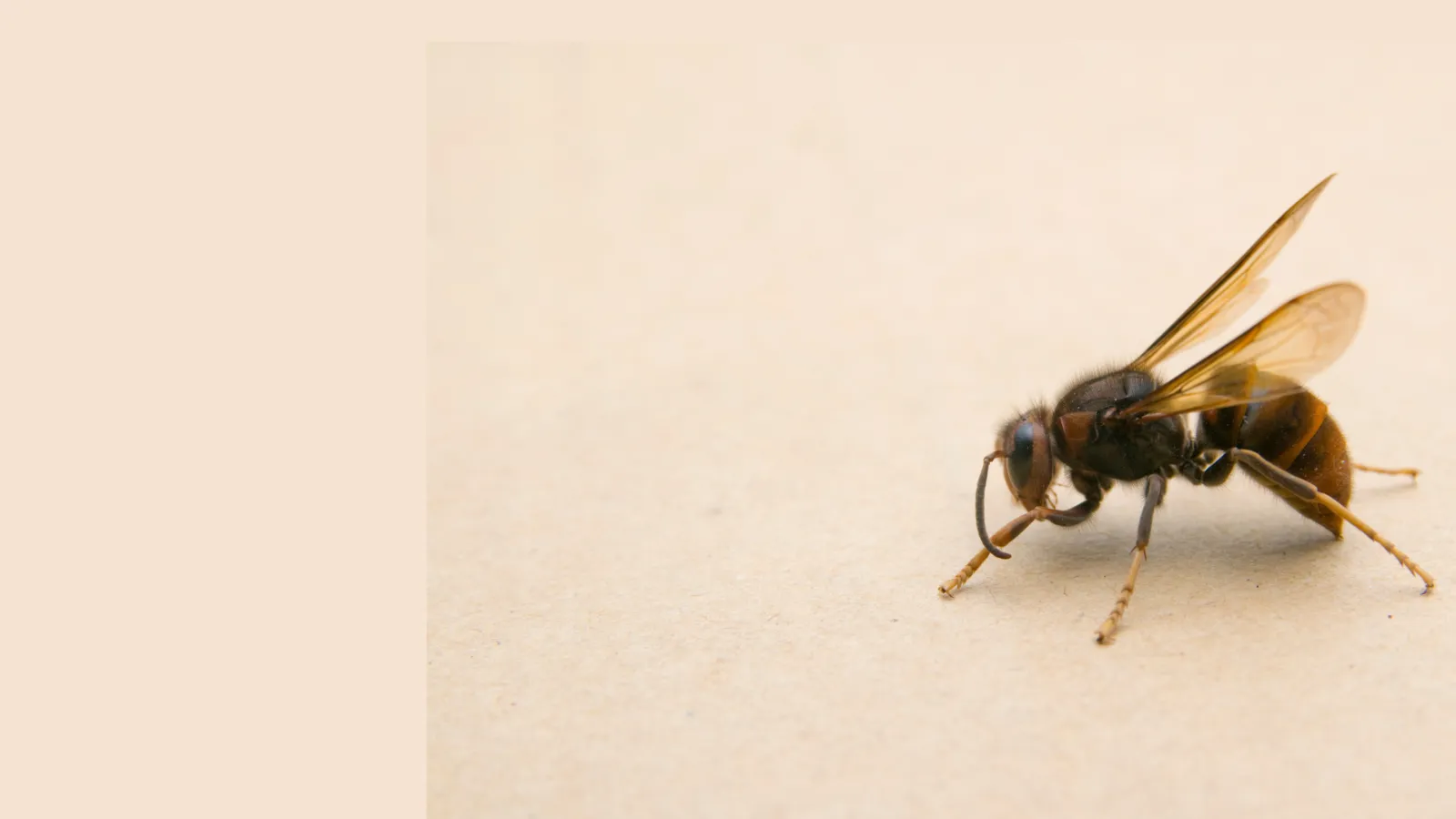
Paper Wasps
Latin Name: Polistes fuscatus
Paper Wasps
Description:
Paper wasps are medium to large-sized insects, typically measuring 0.75 to 1 inch long. They have slender bodies, long legs, and are often brown with yellow or reddish markings. Some species may display more vibrant coloration. One key characteristic of paper wasps is how their wings fold lengthwise when at rest, making them easy to identify. Despite their intimidating appearance, these wasps are not inherently aggressive unless their nest is disturbed.Nesting Habits:
These wasps get their name from the paper-like material they use to construct their nests. The nests are open and umbrella-shaped, with visible hexagonal cells. Typically, paper wasps attach their nests to sheltered locations like eaves, overhangs, tree branches, or inside sheds and garages. They create the papery substance for their nests by chewing wood fibers and mixing them with their saliva. While their nests are often small, they can expand significantly during the summer months.Behavior and Role in the Ecosystem:
Paper wasps are social insects, living in colonies led by a queen. Worker wasps assist with nest building and caring for the larvae. These wasps play a valuable role in controlling garden pests, as they prey on caterpillars and other insects that can damage plants. However, they will defend their nests if threatened, and their sting can be painful, with the potential to cause allergic reactions in some individuals. Unlike bees, paper wasps can sting multiple times, making them more dangerous in certain situations.Life Cycle:
In early spring, a queen emerges from hibernation and begins building a small nest, laying eggs in each cell. Workers hatch in the summer and take over expanding the nest while the queen focuses on reproduction. By fall, new queens and males are produced, and after mating, the queens hibernate to start new colonies the following year. The rest of the colony, including the workers and males, dies off as winter sets in.Prevention and Control:
To prevent paper wasps from nesting near your home, inspect for small nests early in the season and remove them promptly. Sealing cracks and crevices around your home can also discourage nesting. Avoid leaving sugary foods or drinks outdoors, as these can attract wasps. If a nest becomes a safety concern, using a wasp spray in the evening—when wasps are less active—can be effective for smaller nests. For larger or harder-to-reach nests, it's best to contact a pest control professional for safe removal.Similar Pests: Yellow Jackets, Cicada Killer Wasps
